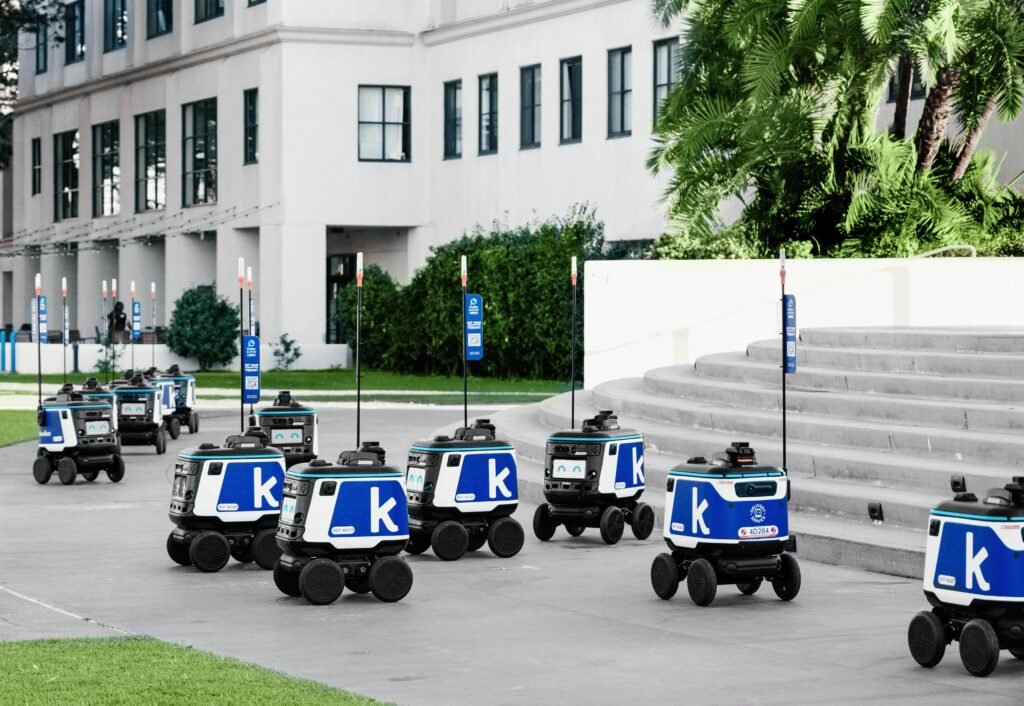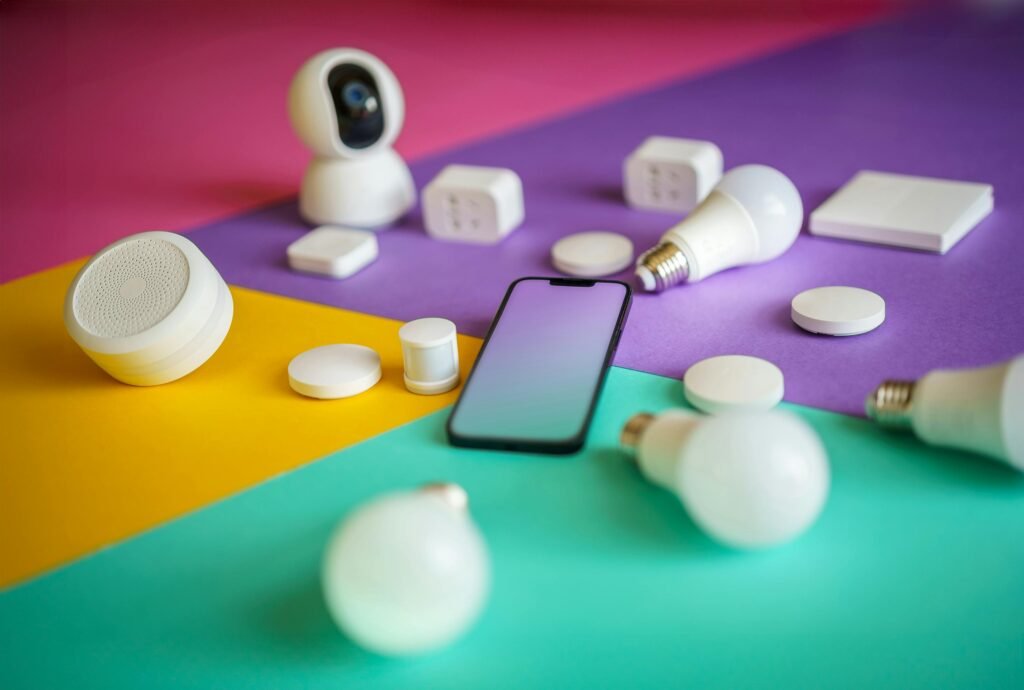Introduction
5G technology has introduced a transformative change to the digital world. As the fifth mobile generation, 5G offers much faster data (which also includes ultra low latency) and has the capability to connect an astounding amount of devices at the same time. But 5G does more than just offer faster mobile internet; it is enabling the next wave of innovation in all sectors e.g. health, manufacturing, and smart cities.
What is 5G and Why It Matters
5G or fifth generation wireless technology is the expansion of 4G LTE. It is designed to be faster, more reliable, and more versatile. The characteristics of 5G are:
- Higher Speeds: up to 100 times faster than 4G.
- Low Latency: latency can be as low as 1 millisecond.
- Massive Connectivity: 5G can connect up to 1 million devices per square kilometer.
- Energy Efficient: 5G was designed to use less power per bit transmitted.
These attributes prove helpful for real-time communication and ultra-responsive applications, providing fertile ground for innovation that had not previously made sense or was impossible.
Industries Changing Thanks to 5G
1. Healthcare

Remote surgeries, real-time diagnostics, and wearable health monitors become even better with 5G. With high-speed, low-latency networks, doctors can operate on or consult with a patient from anywhere in the world with an instantaneous connection. Telesurgery, such as allowing a specialist in one part of the world to remotely operate on a patient in another part of the world using robotic tools and high-definition video becomes actively possible.
2. Smart Cities

5G, and its connectivity and speed, is very important when it comes to the smart city ecosystem. Traffic Management systems, connected streetlights, and public safety networks are all part of smart city connectivity, and by taking information from various source systems and enabling real-time data processing, 5G will improve the quality of life for citizens in urban areas and bring efficiency to how urban life is managed and delivered. Public services can become dynamic and predictive in nature, ideally improving service delivery and problem resolution prior to a crisis.
3. Manufacturing and Industry

Factories rely on seamless communications through IIoT devices and sensors to enable real-time analytics, automation, and robotics, and 5G seamlessly enables all elements of heightened interaction allowing for quicker production cycles and production system adjustments. 5G will enable predictive analysis of maintenance requirements assisting planners to establish schedules that will help avoid failures and reduce downtime.
4. Autonomous Vehicles

The world of autonomous (or self-driving) vehicles requires effective and instantaneous communication and coordination with the following entities: other vehicles, traffic/signal infrastructures, and cloud data centers. With its low latency and high reliability, 5G represents a mass industry transformation and innovation in the realm of transportation. The development of vehicle-to-everything (V2X) interactions is foundational to better vehicle safety and more efficient transportation.
5. Entertainment and Gaming

5G is transforming the media industry! With fast and stable mobile connections, we can now access immersive cloud gaming, augmented reality, virtual reality (AR/VR) experiences, and seamlessly stream entertainment in 8K resolution. Gamers can access the most immersive game experiences possible without lag, and content creators can be more creative storytellers.
What 5G will mean for the Internet of Things (IoT)

IoT is about connecting devices together, enabling them to collect and share data, and 5G will allow smart homes, connected appliances, and industrial IoT devices to transmit data in real-time. IoT capabilities offer more enhanced developments (e.g., automation, machine learning, and artificial intelligence), offer more energy efficiency, and create additional possibilities for smarter decision making for families and businesses.
In agriculture, for example, sensors can monitor the conditions of soil and transmit that data to farmers instantly. In logistics, 5G allows for imposing levels of accuracy regarding shipment tracking and updating inventories in real-time.
Challenges and Considerations
Although there is no doubt that 5G has so much potential, the introduction and implementation of 5G will come with challenges such as:
- Infrastructure – Building 5G networks will involve massive amounts of infrastructure investment, including new antennas and small cell networks.
- Security – With more devices being connected, cybersecurity will be important.
- Accessibility – There will still be regional variations concerning access to 5G. This could exacerbate an ever-growing digital divide.
Governments and telecom providers need to work together to provide equitable access to 5G, protect user data, and secure the device and data supply chain.
Final Thoughts
5G technology is more than an upgrade in speed; it provides a foundational platform for next-gen solutions. With 5G being deployed globally at scale, we can expect to see widespread transformation across sectors as it now impacts how we live, work, and relate to the world around us. For businesses, the tech developers, and consumers, this is the accepted 5G paradigm shift and time to embrace the 5G revolution and prepare for a more connected and intelligent future.
By understanding the true nature of 5G and fully leveraging its potential, together we can kickstart unprecedented levels of innovation and progress in the digital transformation and innovation age. The possibilities are endless, and we haven’t even scratched the surface yet!




One Comment on “How 5G Technology is Driving the Next Wave of Innovation”